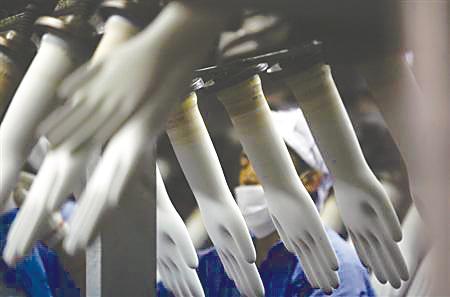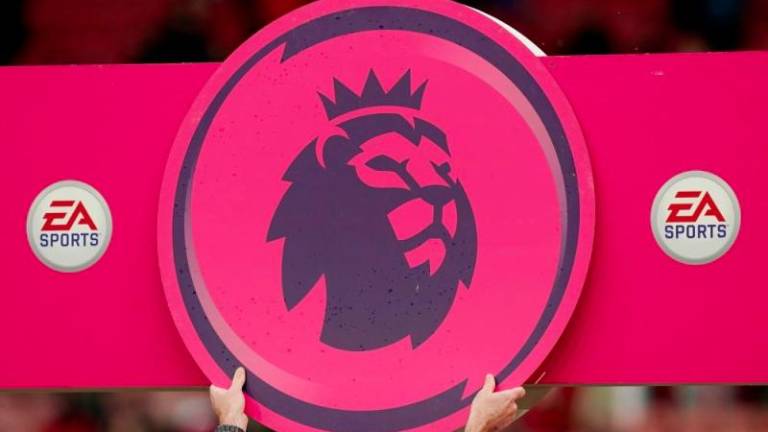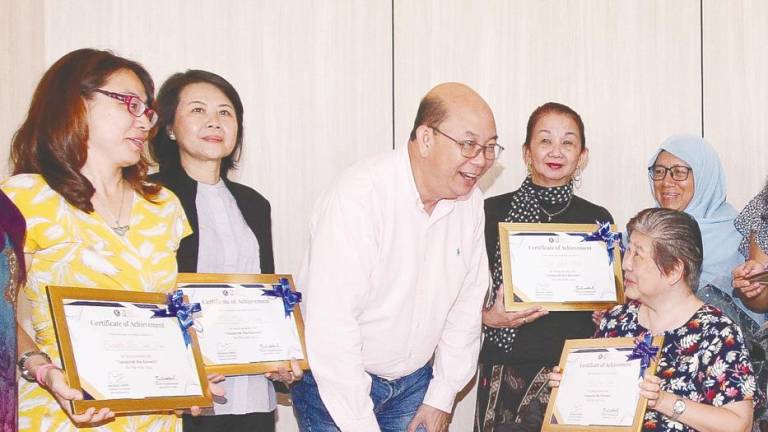PETALING JAYA: The worst is over and growth is likely to resume in the coming quarters as glove manufacturers indicated that they have started to increase selling prices to pass on the incremental costs, according to Affin Hwang Capital.
In the second quarter (Q2) of the year, overall earnings for the sector have fallen short of both consensus and the research house’s expectation.
The sector saw earnings contract 11.5% year-on-year (yoy) in Q2, a similar situation in the previous quarter.
The performance for 1H19 was also less than satisfactory, as earnings fell short of both the market and Affin Hwang’s expectations, delivering only 40% of both consensus and its full-year forecasts.
“The miss was attributed to lower sales volume (Hartalega) and margin compression for its latex glove product (Top Glove). Post-revisions, we are forecasting a 6.7% yoy sector earnings growth in 2019,” it said.
Despite the weak set of results, Affin Hwang maintained its “neutral” call on the sector.
“Malaysia manufacturers are acting more rationally to prevent an all-out price war, as they are willing to delay or cut capacity to maintain selling prices,” it said in a research note.
It believes that the weaker demand for gloves from Malaysia was partly due to an increase in China glove imports into the US, as buyers stock up in anticipation of the tariff hike.
The research house believes that there are a few challenges limiting the glove manufacturers’ ability to raise their selling price, namely the value perception between latex gloves and nitrile gloves, overcapacity in the latex glove space and the time lag (around 30-45 days) in price-setting.
In addition, the management of both Top Glove and Supermax have commented that one of the main contributing factors for the low margin during the quarter was the sharp increase in latex cost, which they were not able to pass on fully through selling price increases.
Average latex prices were up by 15% quarter-on-quarter in Q2.
“However, we believe that pressure to hike latex glove selling prices has eased, as the latex price has fallen by 13% to RM437.6 per kg from the peak in 2Q19,” said the research house.
Affin Hwang noted that as the US-China trade tension intensifies, the ringgit has weakened against the US dollar to 4.2203 from 4.1940 in May.
“If the ringgit continues to weaken from current levels, margins for rubber glove manufacturers will no doubt benefit,” it said.
The research house estimated that for glove manufacturers under its coverage, every 1% depreciation in the ringgit, net profit will increase by 0.3-0.8% in 2019, and vice versa.
Its top picks for the sector are Kossan and Supermax for its undemanding valuation and higher-than-industry growth rates.
“These stocks are currently trading at around their historical averages, hence we believe there is more upside due to their strong earnings growth.”













